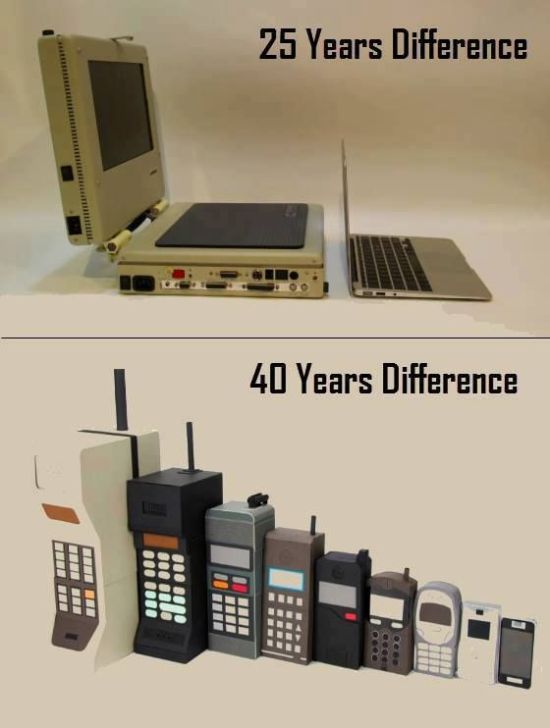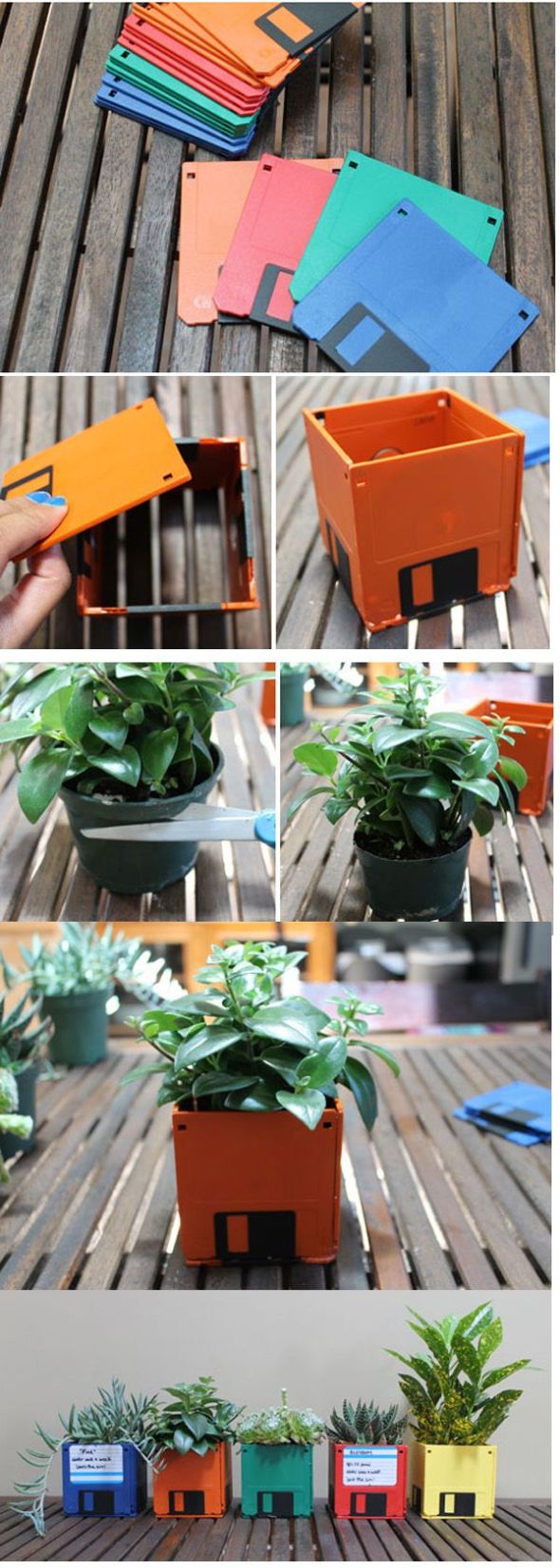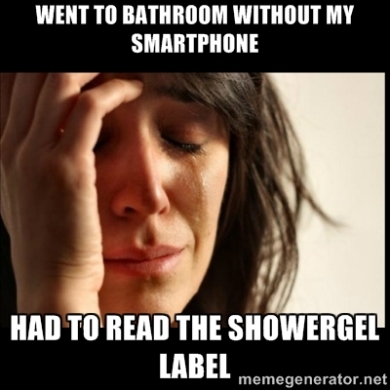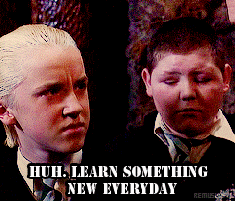Board description:
This board illustrates the reality of e-waste and the harm our technology can do to our environment when disposed of incorrectly. Awareness is the first step, the second is making the solutions known, the third is changing your habits and actions, and the fourth is making crafts!
1: “An inevitable evolution that is sure to continue.”

This pin illustrates how over time our technology has continued to evolve–especially in size. As the readings suggest, manufacturers tailor devices so that they have a decreased life span. Our capitalist economy depends on consumer demand, and therefore making technology last only a few years ensures that those same customers will need a replacement product in the intervals the manufacturers create. Western society has become so dependent on technology and obsessed with wanting what is new and “in trend,” that they will upgrade to new products before they even need to.
2: “Technology Hoarding”

This pin illustrates the future of people like myself, who never seem to throw away their old electronics. We hold on to them because at some point in our lives they were our favourite Christmas present, or just generally very valuable to us. As the first pin showed, technology is continuing to evolve—especially in size! This means that our old devices are much bulkier than our new ones and are starting to take up a lot of space. It is time for us to do some spring cleaning.
#3: “Make Awareness Visible”

I am not sure if this is a legitimate sign or sticker that is posted, but it should be. Until this course, I had never thought about or analyzed my use and disuse of technology. Of course there are articles that provide statistics and research on e-waste, but most people do not just randomly decide to look for them. Signs or stickers with the image of this pin would get people to at least begin to think about what they do with their phones, and that it is connected to their environment.
#4: “Techno Trash vs Techno Recycling”

This pin is informative in the way that it brings numbers to life, and simplifies the situation. Many people know that they should recycle, but continually choose not to. There have been hundreds of recycling campaigns, and people are still too lazy to separate their papers and plastics from their garbage. Environmental issues can seem so macro-level that maybe people do not think about how their individual actions contribute to the problem at large. People are becoming numb to “shocking statistics,” but pairing numbers with imagery could get through to some.
#5: “Incineration Of Technology Overseas”
This YouTube video is quite shocking to watch. Much of problematic social phenomena could be helped if we listened to the stories of the people who are going through it. In this situation, techno trash is exported and disposed of across seas. It is incinerated. This method of disposal is extremely harmful to the environment, and the people who live in close proximity to it. This problem may seem far away in Africa, but it is our problem, we are just shipping it away.
#6: “Providing Solutions”

The website attached to this photo provides instructions on how to properly recycle your devices, and how to dispose of your technology. It also claims that recycling not only reduces the amount of e-waste, but allows us to reduce the amount of natural resources we mine every year in order to make new products. Awareness is the first step of activism, but the second is providing solutions so that people can actually make changes in their life.
#7: “Something old, something new”

When recycling your old dishwasher, keep the bottom rack for under-the-bed storage! This is a super neat idea that would not only make use of an old device, but also save you money on storage. I think many people have a hard time doing things for other people (or the environment) when they feel like they do not get anything out of it for themselves. Selfish, I know. Re-using a dishwasher rack like this is great for that however, and looks like something you could get from Ikea.
#8: “Use Old Floppy Disks To Make Planters”

This is a super crafty idea! Seeing as people like me seem to want to hoard old technology devices for no apparent reason, why not make them into an efficient craft? As far as awareness goes, I could see something like this being useful in a magazine. Maybe Chatelaine or a Parenting magazine where parents are always looking for new crafty ideas or home decor. Images strike people differently, and I think ones such as this would draw people into the cause and make them think about whether or not they hoard their items, and how they dispose of their old devices.
#9: “Make art, not war on your environment”

This is a pin to demonstrate the potential of reusing techno-trash. This is an impressive portrait using computer parts by Zac Freeman. A bunch of techno trash was accumulated to create something great, however it makes me think about how my techno trash in combination with so many others’, can accumulate to be very harmful. This piece of art is both inspirational and demonstrative of techno trash activism.















